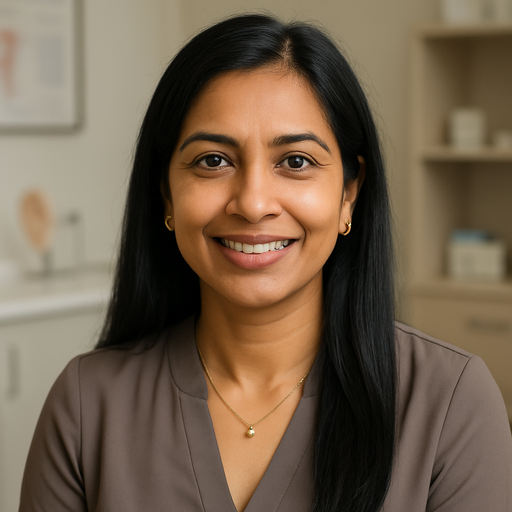Imagine a world where devastating hereditary diseases could be wiped out before a baby even takes their first breath. Sounds like science fiction, right? But thanks to groundbreaking research recently pioneered by UK scientists, this is fast becoming reality. They’ve successfully created babies using genetic material from three people, eliminating the risk of certain inherited disorders. Curious? Let’s dive into what this means for families struggling with hereditary conditions and how fertility solutions continue to evolve.
First off, what exactly is this “three-parent baby” technique? In a nutshell, it’s a form of mitochondrial replacement therapy (MRT) designed to prevent the transmission of fatal mitochondrial diseases passed down from mother to child. Mitochondria, the tiny powerhouses within our cells, have their own DNA separate from the DNA in our nucleus. When mitochondrial DNA is faulty, it can cause severe diseases that impact energy production, leading to muscle weakness, neurological problems, and often, sadly, early death.
But here’s the kicker: researchers transplant healthy mitochondria from a donor egg into the mother’s egg, which still contains the mother’s nuclear DNA. This means the resulting embryo contains DNA from three different people — the mother, the father, and the mitochondrial donor — effectively bypassing the faulty mitochondrial genes. The recent BBC article highlights how this groundbreaking technique has led to the birth of healthy babies free from these debilitating diseases, marking a huge leap forward in genetic medicine.
So why is this so revolutionary beyond just the scientific feat? Because it opens the door to new ways of thinking about fertility, genetics, and family-building. For many couples and individuals, the fear of passing on hereditary diseases has been a crushing emotional and ethical burden. MRT offers a hopeful solution, reducing the need for more invasive or cost-prohibitive measures like repeated IVF cycles or prenatal genetic testing with the possibility of difficult decisions.
Of course, this technology raises important questions: What are the ethical implications of altering germline DNA? How accessible will these treatments be? And how soon will such advanced therapies move from research labs into everyday clinical practice?
While the debate continues, it's clear that fertility treatments are evolving at a rapid pace. At-home insemination and fertility assistance kits like those provided by MakeAMom, which offer tailored solutions for different sperm and fertility challenges, are part of this broader landscape. They empower individuals and couples to take charge of their fertility journey in a private, cost-effective, and supportive way — a perfect complement to emerging high-tech advances.
MakeAMom’s reusable kits, such as CryoBaby for frozen sperm and Impregnator for low motility sperm, reflect how personalized fertility care is becoming more accessible and less clinical. For those not yet ready or able to try cutting-edge genetic therapies, these tools provide an effective at-home alternative with reported success rates as encouraging as 67%.
Looking ahead, the merging of genetic breakthroughs like MRT with user-friendly fertility products could redefine how we approach conception and hereditary disease prevention. Could we soon see hybrid models where genetic screening and mitochondrial therapy integrate seamlessly with at-home insemination kits? It’s an exciting prospect.
In summary: The birth of babies using three people’s DNA marks a monumental milestone in eliminating hereditary diseases. It’s reshaping hopes and options for families affected by genetic disorders. While ethical and accessibility questions remain, the momentum behind fertility innovation is undeniable — from revolutionary lab techniques to practical home-based solutions.
If you’re curious to learn more about how modern fertility technology can help you overcome challenges and build your family on your terms, exploring resources like those on MakeAMom’s site can be a great first step.
What do you think about this breakthrough? Would you consider three-parent DNA therapy if it meant a healthier future for your child? Drop your thoughts below — the conversation is just getting started!
